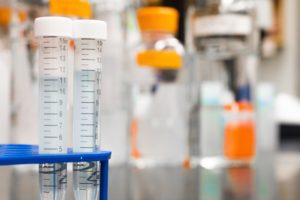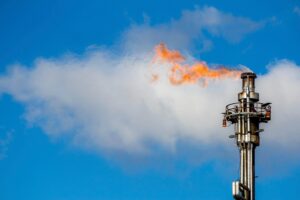The minimum detection limit (MDL) is a determination of the precision of a measurement near zero. It establishes the threshold at which the presence of an analyte can be detected. In a way, it can be seen as a signal-to-noise indicator of the measurement method. It answers the question, “How much analyte do I need to reliably detect its presence against the background noise of the measurement?”
The MDL for a given analyte will vary from laboratory to laboratory depending on the quality of instruments used for the measurement, the environmental conditions under which the measurement was conducted, the rigor of the laboratory’s calibration and QA/QC program, and the experience and training of the analyst. MDLs for a given analyte can differ by one or two orders of magnitude or more between laboratories.
With lower emission limits becoming commonplace, laboratories are finding themselves needing to determine levels of analytes that approach the MDLs of the analytical methods. However, for some analytes, a laboratory may ignore performing a rigorous MDL determination because it may not be required by the method. Particulate matter (PM) is a common example. The EPA’s method for low-level PM emissions is Method 5I (40 CFR 60). Section 2.3 of that method contains the recommendation that:
“Typical detection limit for manual particulate testing is 0.5mg”
Rather than determining a laboratory-specific MDL for particulate matter, the stated recommendation is sometimes used instead. Since a typical PM test has two fractions, the laboratory may assign an MDL of 0.5 mg for each fraction, resulting in a combined MDL of 1 mg for the sample in total. However, as emissions levels decrease, this approach may not be satisfactory. Laboratories will soon need to find a way of quantifying levels of particulate matter below this “typical” MDL value.
When designing a sampling program, stack testers can use the actual MDL to determine the minimum run time needed to get enough sample to provide accurate data. Some low-level sources may require a run duration as long as six hours (or more) in order to obtain a particulate sample of greater than the “typical” combined MDL of 1 mg. If the laboratory is able to demonstrate that its actual MDL is lower than this, it could cut that run time accordingly (perhaps as much as a factor of two). Shorter test runs mean savings of time and money for both the tester and the plant!
Over the years, CleanAir’s Laboratory team has shown that it can reliably and repeatably quantify MDLs for particulate matter that are lower than the EPA guidance suggests. We do this through a rigorous quality assurance program that includes an ongoing spiking-based MDL study. For more information on our process contact us today!







